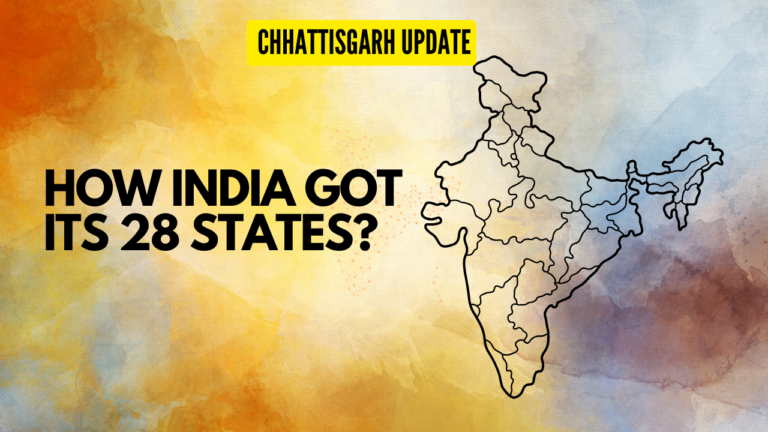In a groundbreaking move, the Ministry of Health and Family Welfare has taken a giant leap towards healthcare inclusivity by introducing generic drugs for the treatment of four rare diseases. This initiative aims not only to make life-changing treatments more accessible but also to address the challenges faced by individuals affected by these rare conditions. Let’s delve into the significance of this step, the rare diseases in focus, and the broader landscape of rare diseases in India.
### The Game-Changing Introduction of Generic Drugs:
For the first time, the Ministry of Health and Family Welfare is ushering in a new era of healthcare accessibility by introducing generic drugs for the treatment of four rare diseases. The key highlight of this initiative is the staggering reduction in drug prices—these unbranded generic versions will be priced at 100 times lower than the current market value of their branded counterparts. This move not only addresses the financial burden on patients but also opens avenues for affordable and effective treatments.
### Four Rare Diseases in Focus:
1. **Tyrosinemia-Type 1:** An autosomal recessive genetic metabolic disorder characterized by the lack of the Fumarylacetoacetate hydrolase enzyme, crucial for the final breakdown of the amino acid tyrosine.
2. **Gaucher’s Disease:** An inherited metabolic disorder characterized by the lack of the glucocerebrosidase enzyme, essential for breaking down lipids.
3. **Wilson’s Disease:** An autosomal recessive disorder caused by abnormal copper accumulation in the body, particularly involving the brain, liver, and cornea.
4. **Dravet or Lennox Gastaut Syndrome-seizures:** A genetic epilepsy that poses significant challenges for affected individuals.
### Defining Rare Diseases:
The World Health Organization (WHO) classifies rare diseases as often debilitating lifelong conditions with a prevalence of 1 or less per 1000 population. While individually rare, collectively, these diseases afflict 6-8% of the population in any given country at any time. In India, this could translate to an estimated 8.4 crore to 10 crore cases. Notably, nearly 80% of these rare diseases have a genetic basis.
### Challenges Faced by Those with Rare Diseases:
Despite their impact on a substantial portion of the population, individuals with rare diseases encounter numerous challenges. Late diagnosis due to a lack of awareness, unavailability of treatment options, and the prohibitive cost of treatments are among the significant hurdles. The introduction of affordable generic drugs directly addresses the financial barrier, potentially catalyzing early diagnosis and timely treatment.
### A Step Towards Healthcare Inclusivity:
The introduction of generic drugs for rare diseases is a commendable stride towards healthcare inclusivity. It aligns with the broader goals of making essential treatments accessible to all, regardless of financial constraints. By reducing the cost of medications, the Ministry of Health is not only addressing the immediate needs of those with rare diseases but also contributing to the overall enhancement of public health.
### Conclusion: A Hopeful Horizon
As the Ministry of Health takes this significant leap towards ensuring affordable treatment for rare diseases, it signifies a hopeful horizon for individuals facing the challenges of these conditions. This initiative is not just about reducing drug prices; it’s about recognizing the value of every life and ensuring that healthcare is a fundamental right for all. In addressing the unique needs of those with rare diseases, we take a collective step towards a healthier, more inclusive future—one where no one is left behind in the pursuit of well-being.






